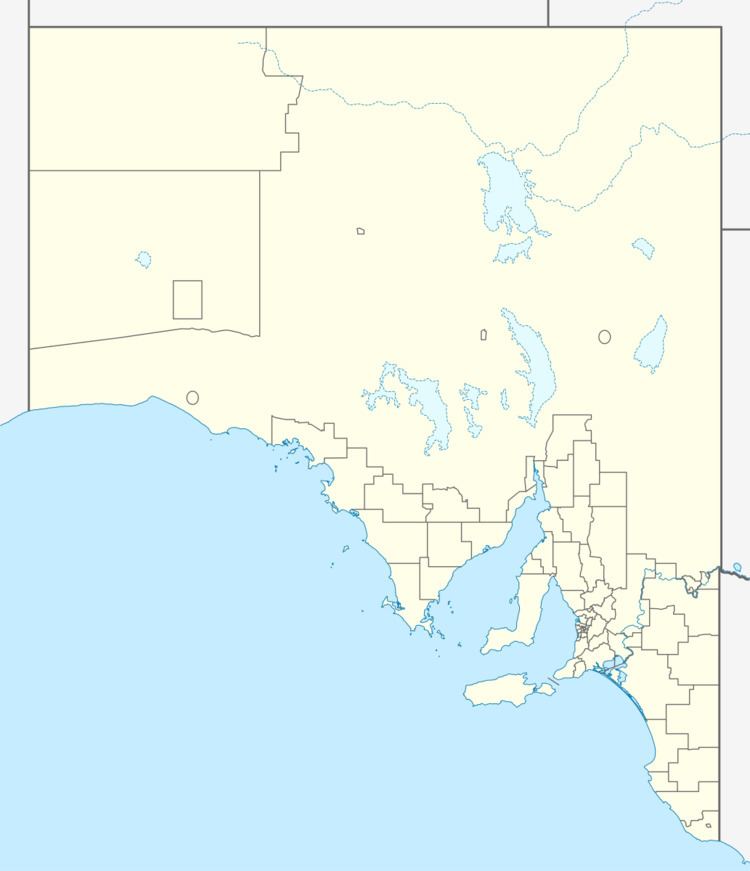Area 9 ha | Established 16 March 1967 | |
 | ||
Managing authorities See also Protected areas of South Australia | ||
Cap Island Conservation Park is located 7.5 km offshore, west of Mount Misery, Eyre Peninsula. The park covers Cap Island's 8ha surface. The island consists of a granite base and a calcarenite mantle; its margins steeply over-hanging and eroded. Typical vegetation is a low Nitre Bush (Nitraria billardierei) shrubland. Cap Island Conservation Park was constituted by statute in 1972 to conserve a sea bird breeding area and Australian Sea-lion (Neophoca cinerea) and New Zealand Fur-seal (Arctocephalus forsteri) haul-out areas. Cap Island also bears the alternative name of Rocky Island.
Contents
History
Matthew Flinders named the island on 16 February 1802, alluding to the island's topography, geology and cap-like profile. The island was proclaimed a Fauna Conservation Reserve in 1967 and gazetted as the Cap Island Conservation Park in 1991. The conservation park is classified as an IUCN Category Ia protected area.
Fauna
In addition to marine mammals, at least nine species of birds have been recorded on Cap Island. These include:
- Chroicocephalus novaehollandiae : Silver Gull
- Haematopus fuliginosus fuliginosus : Sooty Oystercatcher
- Hirundo (Hirundo) neoxena neoxena : Welcome Swallow
- Neophema (Neonanodes) petrophila : Rock Parrot
- Pelagodroma marina : White-faced Storm-petrel
- Sterna (Sterna) striata : White-fronted Tern
- Sternula nereis nereis : Fairy Tern
- Sturnus (Sturnus) vulgaris vulgaris : Common Starling
- Thalasseus bergii : Crested Tern
Flora
At least eight species of plants have been recorded on Cap Island. They include:
- Apium prostratum var. prostratum : Sea Celery
- Disphyma crassifolium subsp. clavellatum : Rounded Noon-flower
- Frankenia pauciflora var. fruticulosa
- Frankenia pauciflora : Australian Sea-heath
- Lawrencia squamata : Thorny Lawrencia
- Mesembryanthemum crystallinum : Common Ice plant
- Nitraria billardierei : Dillon Bush
- Zygophyllum apiculatum : Callweed
